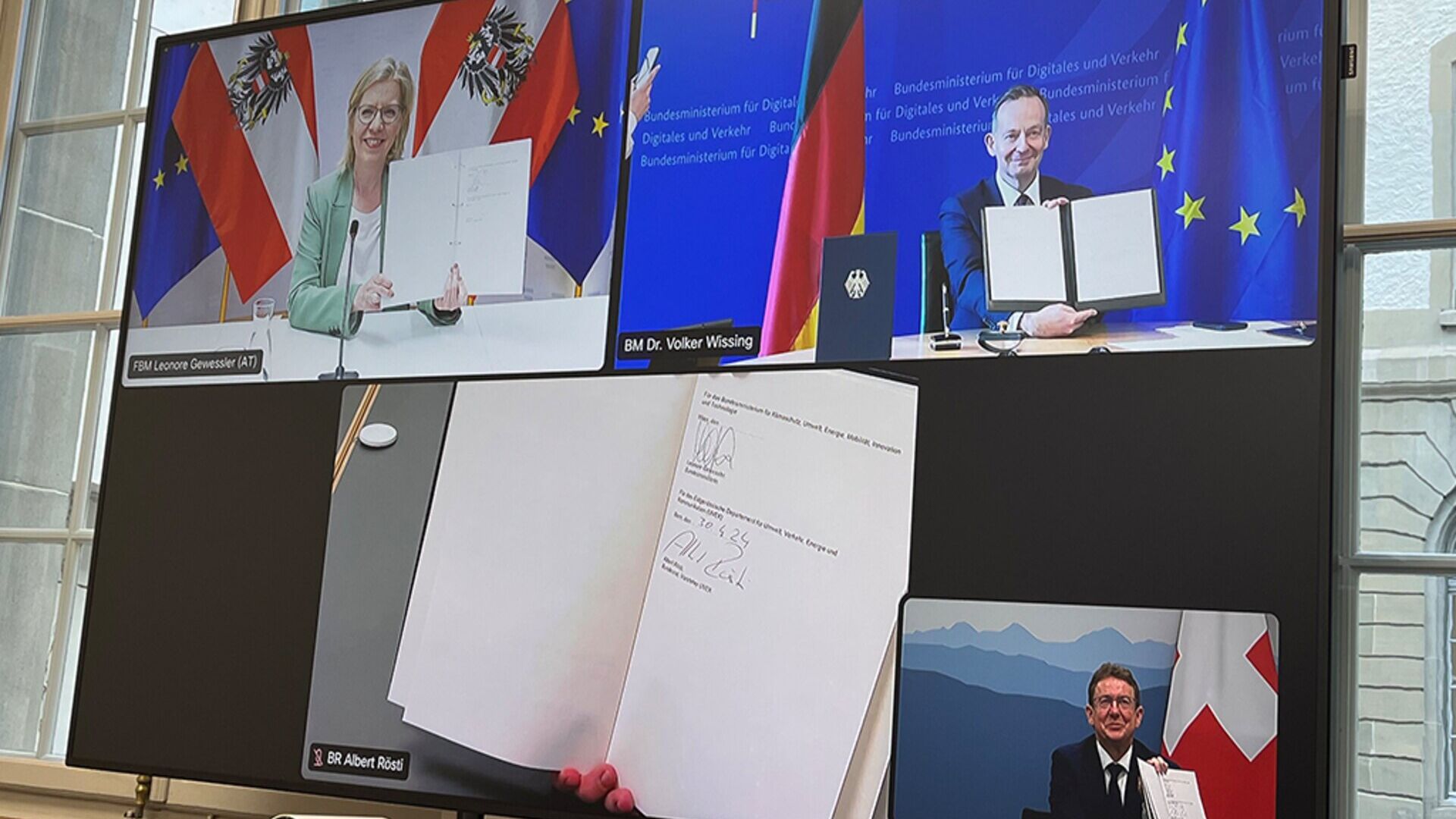Writing for Marketing: The Art of Creative Storytelling
Writing for Marketing: The Art of Creative Storytelling
Writing in the service of promotion? We explain how to do it
"I created my site, and now what do I write on it?". "I would like to enhance my products: how can I do it?”. It's still: "How can I tell the beauty of the area where my hotel is located?”… These questions, inspired by the real needs of our customers, could all receive the same answer: “with writing”. It is in fact thanks to writing for marketing that we can obtain excellent results on the promotion front of a product, a service, a location or a brand. We are not just talking about technical copywriting, i.e. the mere aspect of writing content, but about a more complex and sophisticated activity, which calls into question multiple tools with the aim of planning and creating a convincing and captivating narrative, capable of generating numerous benefits in the short and above all in the long term. Writing for marketing means give substance to a seductive, modern, cool storytelling, up to the habits and preferences of young and adult audiences, in particular through the digital tools of the website, blog and social media.
Mastering storytelling techniques allows anyone to take a very important step forward compared to the competition, because if it is true that nowadays (almost) everyone has a site, not everyone boasts good communication. Stand out from the mass of flat companies on the exact same type of representation ("sector leader", "decades of experience", "certified quality") is the best way to attract users' attention, convince them that they have found the right interlocutor and finally give them valid reasons to return (the so-called retention process). As with other marketing techniques, the theme for writing is also broad and constantly evolving. It is therefore worth dividing it into its elementary parts, parts that we want to present here as a preview to the readers of our blog on the basis of the experience gained as communication agency at the service of businesses and professionals
THE FOUR PILLARS OF WRITING FOR MARKETING
To understand the subject of creative storytelling in all its facets we must necessarily identify the key points of what we have called "writing for marketing". We at Innovando believe that there are four fundamental pillars of successful communication. each of these pieces contributes to the construction of an effective storytelling, clear, immediate, usable by people with different backgrounds. No longer the usual hackneyed phrases that have now lost their meaning and weight, but an engaging, structured story that has a coherent development over time, a story capable of keeping the public's interest alive, fueling word of mouth , increase visits to the site and likes on Facebook… Impossible? We will prove you the opposite. Let's see how even the most inexperienced entrepreneur can turn into an (adorable) skilled communicator without particular training courses and technologies.
How and where to find writing ideas
The creative process that leads to writing – whether artistic or promotional – remains and will always remain a mystery. What is certain is that in this very personal mechanism involving the brain, feelings and skills, there are resources to draw on with relative safety. It is neither more nor less than a set of techniques and procedures aimed at gathering information, identifying themes and keywords, probing the expressive limits and the tone of voice… in short, everything that precedes the act of writing, because narrative ability, imagination, lexical property are fine, but if we don't have the necessary awareness of the direction to take, we risk moving in a sea of fog without any compass and with the mobile phone empty! Strategy therefore, an initial investment which, if properly cared for, can positively change the destiny of our storytelling.
From words… to words! Think communication
Once the strategy has been planned, it is necessary to take action and start thinking concretely about what to write, and how. Passing from words to words is a way of saying that one remains in the realm of writing, however leaving the safe territory of our ideas and speculations to move on to the more bumpy one of creative writing (the famous storytelling). This second pillar, in other words, wants to underline the opportunity not to remain theoretical even in one's own writings, but to aim higher, at a direct, practical, sparkling communication, which has its own logic and disruptive force. This is undoubtedly the most difficult part of a communicator's job: the specter of the "blank page" is always lurking and the doubt of not saying exactly what is on your mind remains more than legitimate. Practicing, reading, making mistakes, and learning from the best are all obvious ways to find your way.
The style of the copy and the identity of the brand
Communicating thanks to persuasive storytelling is not enough. For our writing to shine like gold in the galaxy of the world wide web (and if we want the whole world) we must strive to go one step further, finding the most appropriate communication style for our target and the products or services offered. Let us not forget that, although vast, our natural environment remains that of marketing, with its logic and its peculiar characteristics. We have to communicate, but we have to do it with an eye to the context in which we all move. Storytelling must essentially feed the public's curiosity by becoming a sort of guarantee, a fixed appointment, a distinctive mark that everyone can easily recognize in the hubbub of daily stimuli and inputs. This detail, which detail is not, enormously increases the chances of hitting the target without losing credit once the novelty effect is over.
Beyond Writing: From SEO to Social Media
Writing for marketing is something very different from writing as we usually understand it. Let's just think of the myriad of rules related to text optimization (Search Engine Optimization or SEO), or let's think of the nuances that must be given to an article, post or news when we plan to share it closely on social media. If the content itself makes up 50% of our narrative, the remaining 50% comes completed by "content sharing" activities, i.e. sharing on social media and more. All this without counting the fundamental component of the positioning of articles, posts and texts on search engines and on Google in particular. Woe to thinking that marketing writing ends with the publication of the text. Much more probable and profitable a scenario in which we never reach a point of arrival, because the content can live longer than we think, as long as we push it and as long as people continue to read it and find it on the net.
DO YOU WANT TO GET THE BEST? MAKE YOURSELF COMFORTABLE, IT'S GETTING STARTED
To get the most out of your communication you need to train, and a lot. As self-taught people, the path is undoubtedly more difficult, perhaps even impossible, but if we look around us and follow the teachings of those who do this by profession, we can find many of the answers to our questions. For years at the forefront of research into the most innovative forms of communication, we have decided to dedicate an in-depth article to each pillar of marketing writing. We just have to invite you to stay connected and follow the next updates: soon on this same blog you will find a detailed explanation of the four pillars of storytelling and you will be able to understand the secrets of storytelling for marketing, applying them to your online and offline business project. Make yourself comfortable and get ready: your idea of communication is about to change forever!
You may also be interested in:
Taam Ja' is the deepest “blue hole” in the world: the discovery
Marine cavity probed off Yucatan Peninsula, found four times deeper than previous record-breaking sinkhole in Belize
In Brazil the first meeting in the world between biosafety and synchrotrons
In Campinas, a NB4 level maximum biological containment laboratory will be connected to the light sources of a particle accelerator
In Alto Adige today EDIH NOI is the new point of reference for AI
4,6 million euros from the PNRR fund will be allocated to Bolzano for services to local companies in the digitalisation of intelligence…
by Editorial staff Innovando.NewsEditorial staff of Innovando.News
Austria, Germany and Switzerland for "more innovative" cargo railways
DACH Ministers Leonore Gewessler, Volker Wissing and Albert Rösti: the introduction of Digital Automatic Pairing is a key element
by Editorial staff Innovando.NewsEditorial staff of Innovando.News




